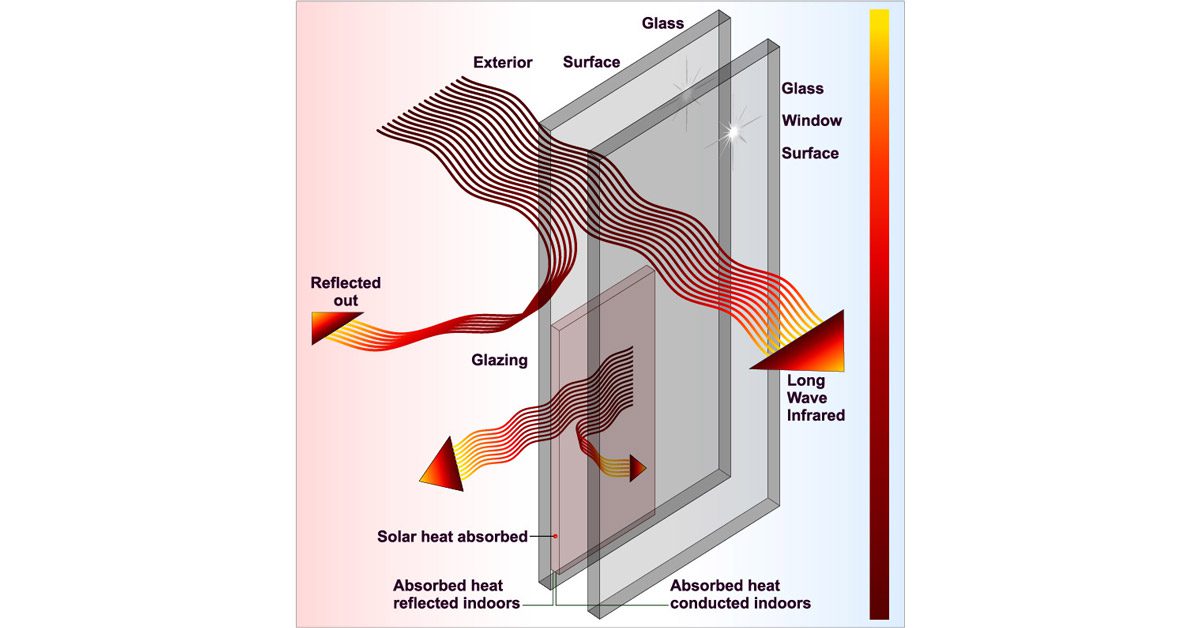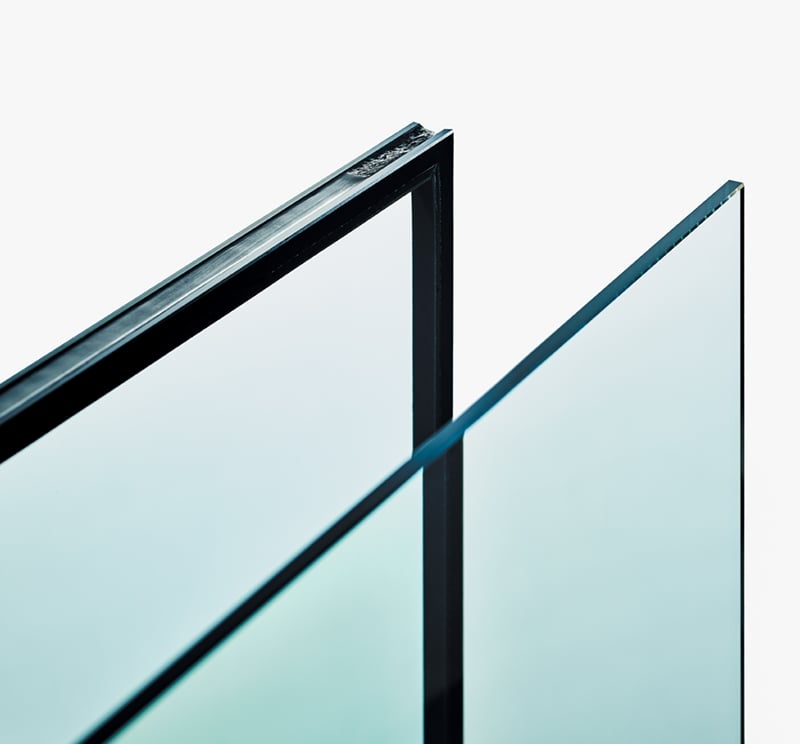All Categories
Featured
Table of Contents
Best Way To Block Sun Heat From Windows [Professionally] in Straffon Western Australia
Glazing just indicates the windows in your house, including both openable and set windows, as well as doors with glass and skylights. Glazing in fact simply implies the glass part, however it is generally utilized to describe all aspects of an assembly consisting of glass, films, frames and furnishings. Focusing on all of these elements will assist you to attain efficient passive style.

Energy-efficient glazing makes your house more comfortable and significantly decreases your energy expenses. However, improper or poorly designed glazing can be a major source of undesirable heat gain in summer season and substantial heat loss and condensation in winter season. Up to 87% of a house's heating energy can be acquired and approximately 40% lost through windows.
Double Glazed Windows Sydney in Rossmoyne Perth
Glazing is a substantial investment in the quality of your home. An initial financial investment in energy-efficient windows, skylights and doors can significantly minimize your annual heating and cooling costs.

This tool compares window choices to a base level aluminium window with 3mm clear glass. Comprehending a few of the essential residential or commercial properties of glass will help you to pick the best glazing for your home. Key residential or commercial properties of glass Source: Adapted from the Australian Window Association The amount of light that travels through the glazing is called visible light transmittance (VLT) or noticeable transmittance (VT).
Keeping Your Cool: The Benefits Of Double Glazed ... in Parmelia Perth
This might lead you to turn on lights, which will result in greater energy costs. Conduction is how readily a product conducts heat. This is referred to as the U value. The U value for windows (revealed as Uw), explains the conduction of the entire window (glass and frame together). The lower the U value, the higher a window's resistance to heat circulation and the better its insulating value.
If your home has 70m2 of glazing with aluminium frames and clear glass with a U worth of 6. 2W/m2 C, on a winter's night when it is 15C cooler outside compared to indoors, the heat loss through the windows would be: 6. 2 15 70 = 6510W That is equivalent to the overall heat output of a large space gas heating system or a 6.
Double Glazing Windows - The Best Installers In The Uk ... in Watermans Bay Perth

If you select a window with half the U value (3. 1W/m2 C) (for instance, double glazing with an argon-filled space and less-conductive frames), you can halve the heat loss: 3. 1 15 70 = 3255W The solar heat gain coefficient (SHGC) for windows (expressed as SHGCw) measures how readily heat from direct sunshine flows through a whole window (glass and frame together).
The lower a window's SHGC, the less solar heat it transfers to the house interior. The actual SHGC for windows is impacted by the angle that solar radiation strikes the glass.
Why Should You Have Double-glazed Windows This Summer? in Koongamia Western Australia
When the sun is perpendicular (at 90) to the glass, it has an angle of occurrence of 0 and the window will experience the maximum possible solar heat gain. The SHGC stated by glazing producers is always calculated as having a 0 angle of incidence. As the angle increases, more solar radiation is shown, and less is transferred.
Table of Contents
Latest Posts
8 Benefits Of Double Glazing To Take Advantage Of in Orelia Perth
Which Type Of Double Glazed Window Frame Is Right For You? in Ocean Reef Western Australia
Twinglaze® Double Glaze Specification Act - Vic in Inglewood WA
More
Latest Posts
8 Benefits Of Double Glazing To Take Advantage Of in Orelia Perth
Which Type Of Double Glazed Window Frame Is Right For You? in Ocean Reef Western Australia
Twinglaze® Double Glaze Specification Act - Vic in Inglewood WA